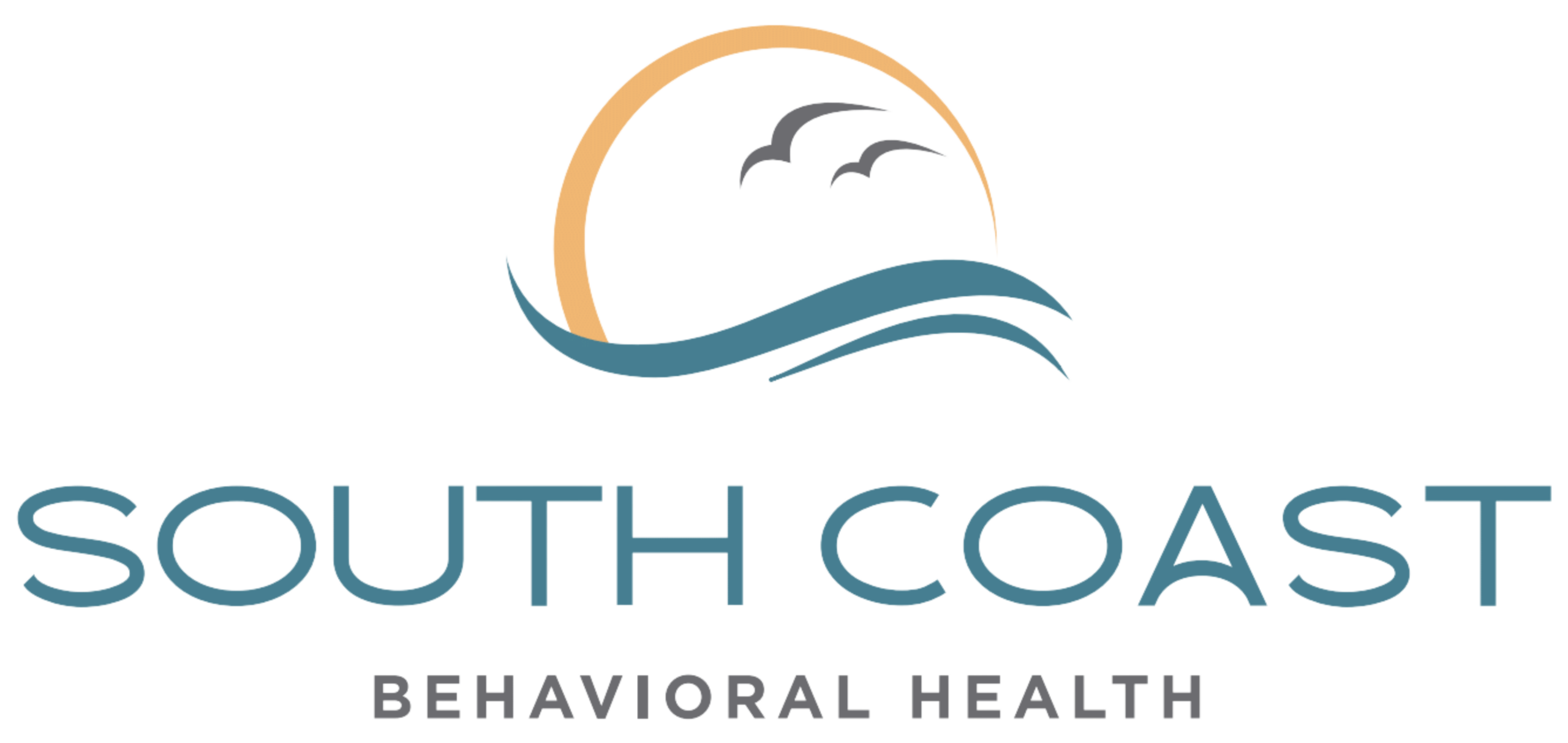Adderall is an extremely popular drug, both as a treatment for ADHD as well as an illicit drug for either studying or partying. However, it’s also potentially addictive. In this article, we’ll talk about how long Adderall stays in your system.
What Is Adderall?
Adderall is a prescription medication that contains two active ingredients: amphetamine and dextroamphetamine. These are stimulant medications that affect chemicals in the brain and nerves that contribute to hyperactivity and impulse control.
Adderall is a stimulant drug primarily used to treat Attention Deficit Hyperactivity Disorder, also known as ADHD.
This might seem counterintuitive – how can people with a “hyperactivity” disorder benefit from a stimulant drug? That’s because their brains have a deficit of dopamine, a neurotransmitter (brain chemical) linked to motivation and feelings of well-being. Their brains don’t allow enough of it to circulate, absorbing it back into the synapses.
As a result, these people tend to feel anxious and jittery. In an effort to produce more dopamine, they shift their attention rapidly, constantly looking for novelty and excitement. It’s also why they tend to fidget or move around a lot, as if “on a motor.”
Adderall inhibits the reuptake of dopamine back into the brain’s synapses. This leads to an interesting effect – it calms down people with ADHD, allowing them to focus.
Adderall has 4-5 half-lives. A half-life is how long it takes your body to eliminate half of a substance from your system. In Adderall’s case, it typically will clear in 72 hours. However, how long Adderall stays in your system is influenced by several factors, which we’ll discuss later.
How Does Adderall Work?
Adderall works by stimulating the central nervous system, inhibiting the reuptake of dopamine and thus making the user more alert, improving concentration, and helping control behavior.
However, in “neurotypical” individuals, this leads to an excess of dopamine, producing a state of euphoria that makes Adderall addictive. As a result, Adderall is classified as a Schedule II controlled substance, meaning it has a high potential for abuse and dependence if not used as prescribed.
What Forms Does Adderall Come In?
Adderall comes in two primary forms: immediate-release (IR) and extended-release (XR). These forms differ in how quickly they take effect and how long their effects last.
Adderall Immediate Release (IR)
Adderall IR comes as a tablet.
Common dosage strengths include:
- 5 mg
- 5 mg
- 10 mg
- 5 mg
- 15 mg
- 20 mg
- 30 mg
The IR version is designed to release the medication quickly into the body. It typically starts working within 30 to 60 minutes, and the effects last for about 4 to 6 hours. This form is often taken multiple times a day, depending on the individual’s needs.
Adderall Extended Release (XR)
Adderall XR comes in capsule form.
Dosage strengths include:
- 5 mg
- 10 mg
- 15 mg
- 20 mg
- 25 mg
- 30 mg
The XR version is designed to release the medication gradually over time, providing more sustained symptom relief throughout the day. Its effects typically last for 8 to 12 hours, making it suitable for once-daily dosing, often in the morning.
Get confidential help from our addiction treatment specialists in Orange County. Call to join our rehab program today!
Call 866-881-1184Is Adderall Dangerous?
Adderall is not the most dangerous drug around, but being that it is a stimulant, it should still be used with care. This is especially true if you are using Adderall alongside other stimulants (this includes legal stimulants such as tea or coffee).
Unwisely abusing stimulants can lead to things like high blood pressure and heart rate, raising your risk of a heart attack, as well as other symptoms like insomnia and loss of appetite. You can even overdose on Adderall if you aren’t careful.
Students and Adderall Abuse
Adderall abuse is rampant among college students due to both its reputation as a “study drug” as well as the euphoria it provides when recreationally abused. While effective for managing ADHD when used correctly under medical supervision, its misuse carries significant risks, especially for students looking for a quick fix to academic challenges.
It’s important for college students to understand the dangers of abusing drugs and that they do not outweigh any short-term benefits.
How Long Does Adderall Stay in Your System?
The length of time Adderall stays in your system depends on the form (immediate-release or extended-release), dosage, and individual factors like metabolism and overall health. Here’s a breakdown of how long Adderall works and stays in the body:
Factors That Impact How Long Adderall Stays in Your System
The length of time Adderall stays in your system depends on several factors, including individual characteristics and the specific form of Adderall (immediate-release vs. extended-release).
Here are the key factors that impact how long it remains detectable:
- Dosage and Frequency of Use: Higher doses and frequent use increase the amount of Adderall in the body and can prolong the time it takes to be fully eliminated. Extended or chronic use also contributes to buildup in the system.
- Metabolism: Those with faster metabolisms process and eliminate Adderall more quickly. Metabolism can be influenced by factors like age, gender, activity level, and genetics. Younger, more active individuals tend to metabolize drugs faster.
- Body Composition: Body fat and weight can influence how long Adderall stays in your system. The drug is primarily processed by the liver and excreted through the urine, but it may remain longer in individuals with higher body fat percentages.
- Drug Type: Adderall IR takes effect faster than the XR variety but is also out of the system faster. For example, Adderall XR can take up to 24 hours to leave the bloodstream, whereas it may only take 12 for IR.
Generally, Adderall will remain detectable in urine up to four days after use, in saliva for between 24 and 48 hours, and in blood for up to 24 hours. It remains detectable in hair up to three months after last use, though this method is far less commonly used in drug testing.
List of Common ADHD Medication
There are other medications for treating ADHD besides Adderall.
These include:
- Ritalin (Methylphenidate) –Increases levels of dopamine and norepinephrine in the brain, which helps improve focus, attention, and impulse control.
- Concerta (Methylphenidate) – Does the same as Ritalin but is designed as an extended-release drug.
- Focalin (Dexmethylphenidate) –Contains dexmethylphenidate, which is a more refined version of methylphenidate. It is considered more potent, meaning a lower dose may be required compared to Ritalin or Concerta.
- Vyvanse (Lisdexamfetamine) – A prodrug, meaning it is inactive until the body metabolizes it into its active form (dextroamphetamine). This leads to a smoother onset and longer-lasting effect compared to some other ADHD stimulants.
There are also several lesser-known, non-stimulant drugs that can be prescribed for ADHD:
- Strattera (Atomoxetine) – Increases levels of norepinephrine in the brain, which helps improve attention and reduce impulsivity and hyperactivity. Unlike stimulants like Adderall, it doesn’t affect dopamine levels as directly.
- Intuniv (Guanfacine) – Mainly prescribed in France, this drug affects receptors in the brain that regulate impulse control and attention, improving ADHD symptoms by calming hyperactivity and reducing irritability and aggression.
- Wellbutrin (Bupropion) – Increases both dopamine and norepinephrine levels, although less intensely than stimulants. It’s primarily used as an antidepressant but can also help with ADHD symptoms.
Both stimulant and non-stimulant medications are used to treat ADHD. Stimulants remain the most frequently prescribed due to their effectiveness in increasing focus and attention and reducing hyperactivity and impulsivity by enhancing dopamine and norepinephrine activity in the brain.
However, non-stimulants offer an important alternative, especially for those who experience unpleasant side effects from stimulants like Adderall or who have certain medical conditions. On the other hand, non-stimulants may be less effective overall at controlling symptoms.
Looking for quality substance abuse treatment that’s also affordable? South Coast accepts most major insurance providers. Get a free insurance benefits check now.
Check Your CoverageCan Someone Get Addicted to Adderall?
They sure can. This will either be because they are using it when they don’t need it or because they are using it at too high a dose. This euphoria can lead to repeat use, which can then lead to tolerance – the need to take more and more to get the same effects. Efforts to quit can be complicated by Adderall withdrawal symptoms.
Adderall Abuse Treatment Options
If you or a loved one are seeking treatment for drug and alcohol addiction, South Coast Behavioral Health is here to help. The first step in treating addiction is a medical detox. This means using drugs to manage withdrawal symptoms.
Our medical detox program in California is staffed by caring and compassionate professionals who can provide you with medications to manage your withdrawal symptoms.
At South Coast, we take pride in offering care that is closely tailored to specific issues. To that end, we offer gender-specific detox programs, with medical detox for men in Irvine, CA, and medical detox for women in Huntington Beach, CA.
After detoxing, proper treatment can begin.
Treatment for substance abuse takes place along an entire spectrum of care. Along that entire spectrum are various behavioral therapies, support groups, and the use of medically-assisted treatment (MAT).
These levels of treatment are, in order, as follows:
Residential Treatment in California
After successfully completing medical detox, you’ll receive inpatient treatment in Orange County, California. There, you’ll receive medically-assisted treatment and dual diagnosis treatment to deal with any cravings or co-occurring mental health issues you may be battling.
We also offer residential treatment facilities in Costa Mesa, Irvine, and Huntington Beach for those who desire gender-specific treatment. There, patients get round-the-clock medical attention and monitoring while living at the institution full-time.
In addition to individual and group counseling and medication management, you’ll also have access to leisure activities and family support services.
Partial Hospitalization in California
Most clients start substance abuse treatment with South Coast in our residential treatment program. After completing that, many desire something that still provides structure and support but with extra space and time to oneself. For that, we offer Partial Hospitalization in Newport Beach.
A step down from inpatient care but with more structure than conventional outpatient programs, partial hospitalization offers a good balance for those looking to ease back into normal life. Clients can receive care five to seven days a week for a number of hours each day, returning back to their homes in the evening.
This way, they can recover without putting their daily lives completely on hold, receiving intense therapeutic interventions like group and individual therapy, skill development, and medication management as necessary.
Intensive Outpatient Treatment in California
For those leaving inpatient residential treatment or partial hospitalization, intensive outpatient programs (IOP) are yet another gradual step forward on the road to recovery.
With a focus on group therapy, individual counseling, and education, clients undergoing Intensive Outpatient Treatment in Newport Beach can meet three to five days a week. Each session lasts three hours.
This level of care for addiction treatment requires the least amount of attendance at a facility.
Get Started Today
If you or a loved one are struggling with Adderall addiction but wonder how long it takes for Adderall to leave your system or have other questions, call us at 866-881-1184 or contact us here. Our highly qualified staff will be happy to help give you an idea of what to expect from your addiction recovery timeline, verify your insurance, and assist with any other questions you may have.























